What Working at Disneyland Did For Steve Martin
How observing the pros can help you figure out success.
Living two miles away from Disneyland?
That was actor and comedian Steve Martin’s lucky location growing up in southern California.
He could ride his bike there.
Steve’s experience was the exact opposite of mine — raised on the other side of the country in Atlanta, GA. As a cartoon-loving, comic book-drawing creative youngster growing up in the Deep South with big dreams of working for Disney, I would have loved to be that close to the world of Mickey Mouse.
You discover a ton as a cast member at the “happiest place on earth” that can serve you well in a creative career. Steve only wanted to make a little money, but the opportunity helped shape his comedy and performance life.
Disneyland trained him to entertain
I’m finally reading Steve Martin’s memoir Born Standing Up and kicking myself for not getting it sooner. At the beginning of the book, he talks about his entertainment influences growing up. Many were from Disneyland, his favorite place to work as a kid.
When the park opened in 1955, he heard kids could get jobs selling park maps there, so he took his then ten-year-old self and rode a bike over to apply. A whole new career and introduction to the performing arts began.
He sold maps for several years and was drawn to a magic shop on Main Street, U.S.A., where he helped sell magic sets and learned from the magicians who worked behind the counter.
He not only studied the tricks, he also listened to and memorized the jokes magicians threw out to customers to get their attention as they strolled in and out of the store. Steve learned about showmanship from the other performers at the park, from rodeo cowboy tricks to stage presence from the singers, musicians, and actors. As a teenager, he built up his small magic act by performing at parties and events around town.
Magic proved to be a lot of fun, but times were changing.
“I was priced out of the market by the impossible cost of advanced stage illusions: Sawing a Lady in Half, two hundred dollars. By doing comedy, however, I could be more like Stan Laurel and Jack Benny, more like Wally Boag.”
-Steve Martin in Born Standing Up
Steve was broke. He couldn’t afford to create that kind of big-budget show. He had to figure out how to make something unique.
Focus on what you know you can do
I love how, instead of giving up, because of his experience at Disneyland, where all forms of the creative arts were on display daily, Steve combined the recipe of the ingredients he observed and studied into one delicious stand-up act. He played the banjo, told jokes, did magic, and even noticed the audience thought it was funny when his magic tricks didn’t work.
Steve Martin learned from some of the best in person while selling magic kits, then practiced daily and made small changes here and there to his act by paying attention to what worked and what didn’t.
Over time, he got tired of the retail side of his job at the park.
“My time at the magic shop gave me a taste of performing and convinced me that I never wanted to wait on customers again. I didn’t have the patience; my smile was becoming plastered on.”
I’ve seen some of his stand-up comedy acts from the 1970s, and now I understand where many of his bits came from. It was novel for someone at the time to do so many things at once. Steve understood you couldn’t just do magic. If you add comedy to it, you become an entertainer.
It took him about five years of performing his act at clubs, even several years at another park, Knott’s Berry Farms, to get good. Then he became famous and so well known he sold out arenas full of fans desperate to see his silly, magical, and musical banjo playing act live on stage.
Steve Martin achieved a dream. He was a success in the entertainment business. After only four years of stand-up comedy, he quit completely. Most of us know him from doing “Wild and crazy guy!” from his act on Saturday Night Live and then moving into writing and acting in movies like “The Jerk” and “Roxanne” in the eighties. He pivoted into the silver screen and television and never looked back.
A solid foundation of spending time with other creative people who needed to show up and get customers’ attention at Disneyland every day — customers who didn’t have to watch them and could just walk by — helped Steve learn how to captivate an audience and think like a performer.
Yes, the show must go on, but you should figure out how to make it fun and exciting to watch.
Every experience, good and bad, is an ingredient for success
Spending time with people doing what you’re interested in and staying open and observant is valuable. Even if it has to do with a solitary pursuit like writing. Talking with other writers and learning from their process and creative mindset can help you find what could work for you.
Everything you’ve been through can come together to create a style. Steve Martin knew it was good to stay open to possibilities.
“Despite a lack of natural ability, I did have the one element necessary to all early creativity: naïveté, that fabulous quality that keeps you from knowing just how unsuited you are for what you are about to do.”
Being innocent can give you the mindset to learn new skills.
If you haven’t spent time with others doing what you aspire to, put yourself in a situation where you can. It will probably mean you have a job with very little prestige at first. Let’s not forget Steve Martin started selling maps at Disneyland, but what you learn can help you grow.
Even if unpaid, internships are an excellent way to observe and learn from the pros.
I was interested in advertising in college and got an internship with an agency in Manhattan for the summer — and I got paid (whohooo!). I’ll never forget how cool it was to hear people discussing creating ads for TV. I met the copywriter who made the M&M characters and worked with the guy who redesigned the Pepsi logo in the nineties.
It was all good and fun, but what stuck with me were the illustrators there.
They had cubicles and were drawing various projects like storyboards for commercials, illustrations for magazines, and any art the copywriters needed them to create. They weren’t on salary. They were freelancers with their own cubicles. Each project they took on was paid individually. Each artist could come and go as they pleased because they didn’t work for the ad agency directly.
I loved the idea of working at a place that gives you regular work, but you had freedom and flexibility in what you took on and when you worked. If I hadn’t taken that internship, I would never have discovered illustration possibilities like that.
I didn’t end up with a cushy illustration job. Still, my mind opened to how careers can look very different for different people depending on their needs — transforming me into the art teacher, world traveler, and cartoonist I am today!
You don’t have to work or think like everyone else. Be creative.
Even volunteering or working in a theater, joining writing classes, or doing terrible stand-up comedy at open mike nights for years will introduce you to people you can learn from. And, best of all, talk to them regularly.
Let’s make a pact right now to live more like Steve Martin:
Be brave enough to put your creative work out where people can see it regularly.
Listen to feedback from the professionals and make a point of iterating and improving your work depending on your specific style and goals.
Keep finding ways to make what you do fun.
Get inspiration and experience by putting yourself in the mix of whatever interests you and see where it goes.
You might get further than Steve Martin, and you’ll still enjoy the process even if you don’t.




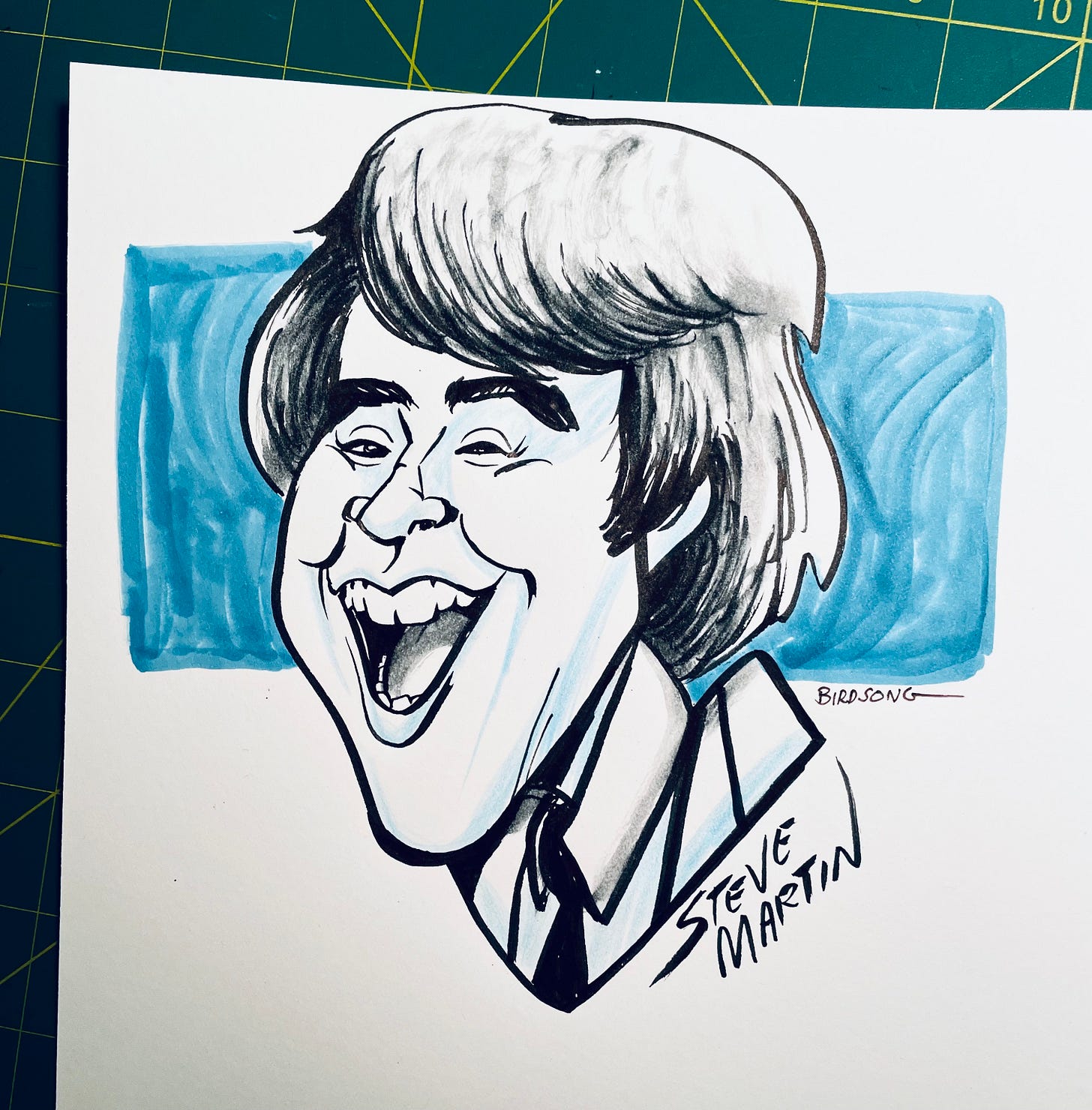
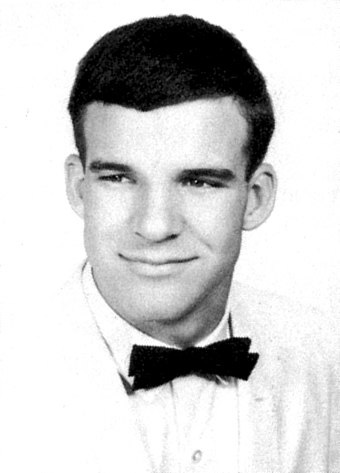
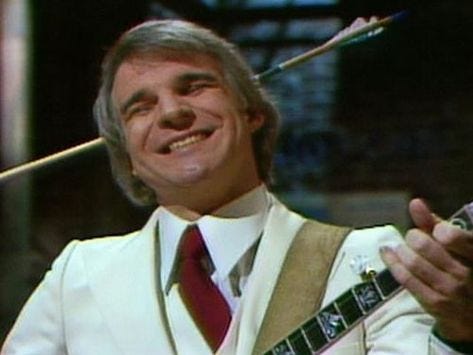
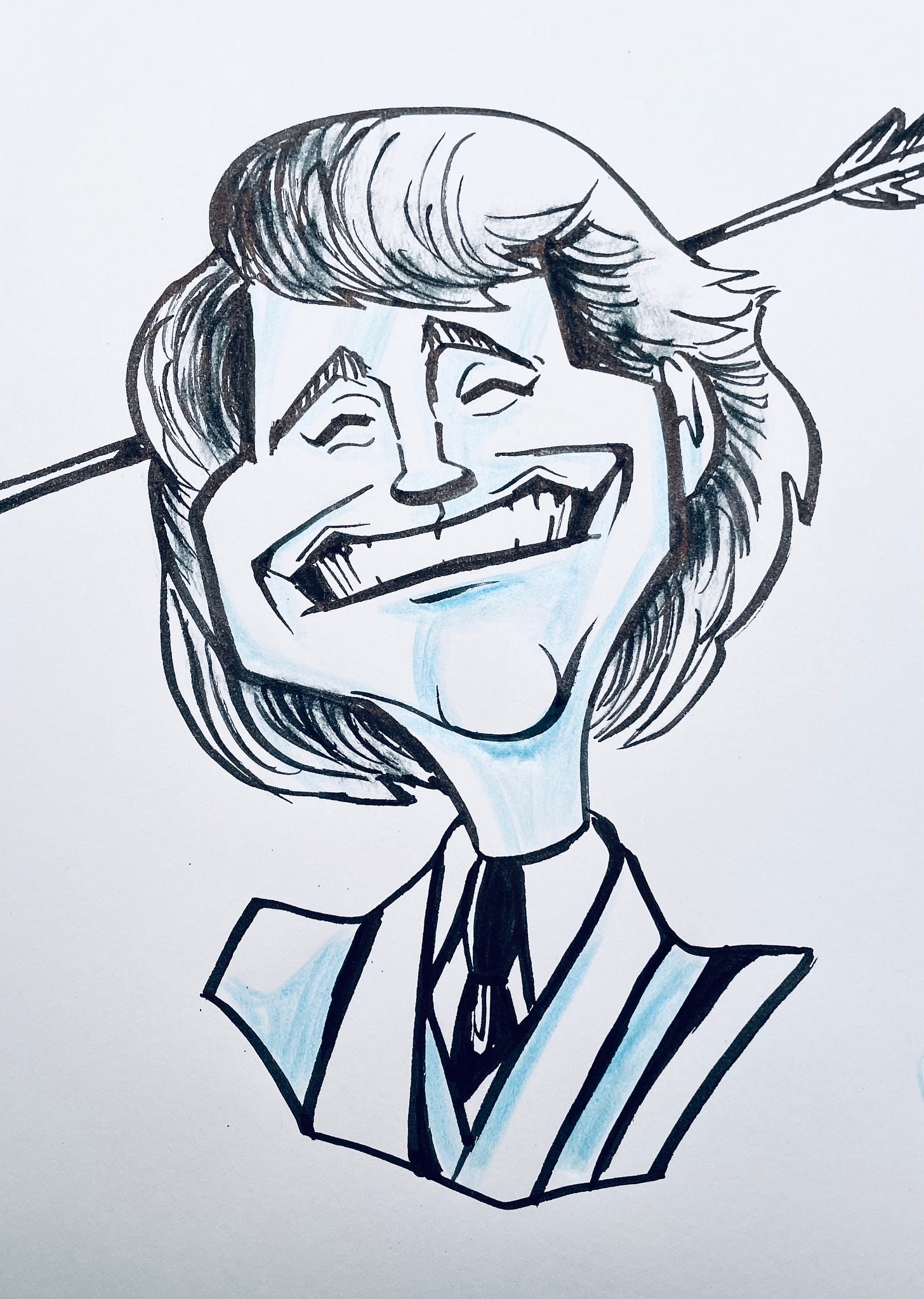
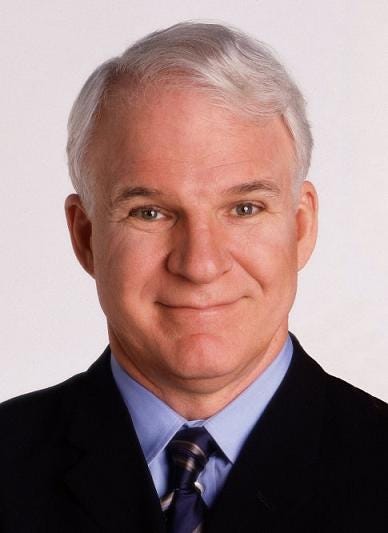
He is a real renaissance man- not just a comedian, but an actor, film producer, musician, novelist and playwright.
Have to get his book. Thank you for this post! It is inspiring.